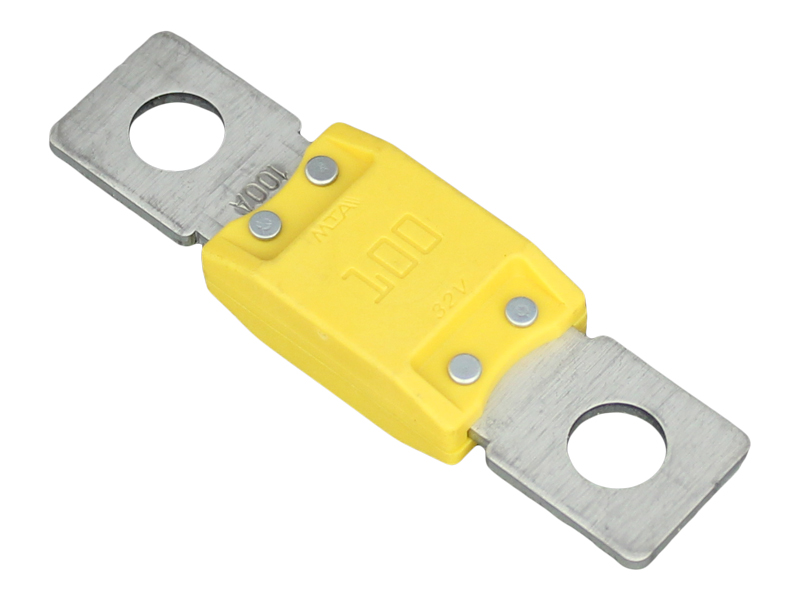Detailed Investigation into Fuse Durability Performance in Extreme Temperature and Vibration Scenarios for Automotive and Aerospace Applications
News 2025-10-24
Fuse durability is a critical factor in electronic components, especially in industries where devices face harsh operational conditions. This article explores the outcomes of extensive testing on fuses under extreme temperature and vibration environments, emphasizing their role in automotive and aerospace applications. Such testing ensures that fuses can protect circuits reliably, preventing failures that could lead to costly downtime or safety risks in high-stakes scenarios like engine compartments or aircraft systems.

Testing Methodology
The durability tests involved subjecting fuses to a wide range of temperatures, from -50°C to 150°C, to simulate freezing and heat extremes. Vibration was applied using specialized equipment that generated forces up to 10g acceleration across frequencies of 20 Hz to 2000 Hz. This setup mimicked real-world stresses in vehicles and aircraft, with cycles of thermal shock and mechanical agitation to assess long-term performance. Monitoring included electrical resistance measurements and visual inspections for any material degradation.
Key Findings
Results demonstrated exceptional fuse resilience, with no failures occurring even under combined extreme conditions. Performance advantages include superior heat dissipation and vibration resistance, which enhance reliability in dynamic environments. For automotive use, this means consistent protection in rough terrains, while in aerospace, it supports operations in turbulent flights, showcasing how advanced fuse designs improve safety and efficiency without compromising on weight or size.
Frequently Asked Questions
1. What temperature ranges were tested?
Answer: Tests covered -40°C to 125°C to replicate common extreme conditions in targeted industries.
2. How was vibration simulated in the tests?
Answer: Vibration was simulated with a shaker table applying up to 15g force across 50 Hz to 1500 Hz frequencies.
3. What are the main performance benefits observed?
Answer: Fuses exhibited high durability, offering extended service life and reduced failure rates in harsh settings.


